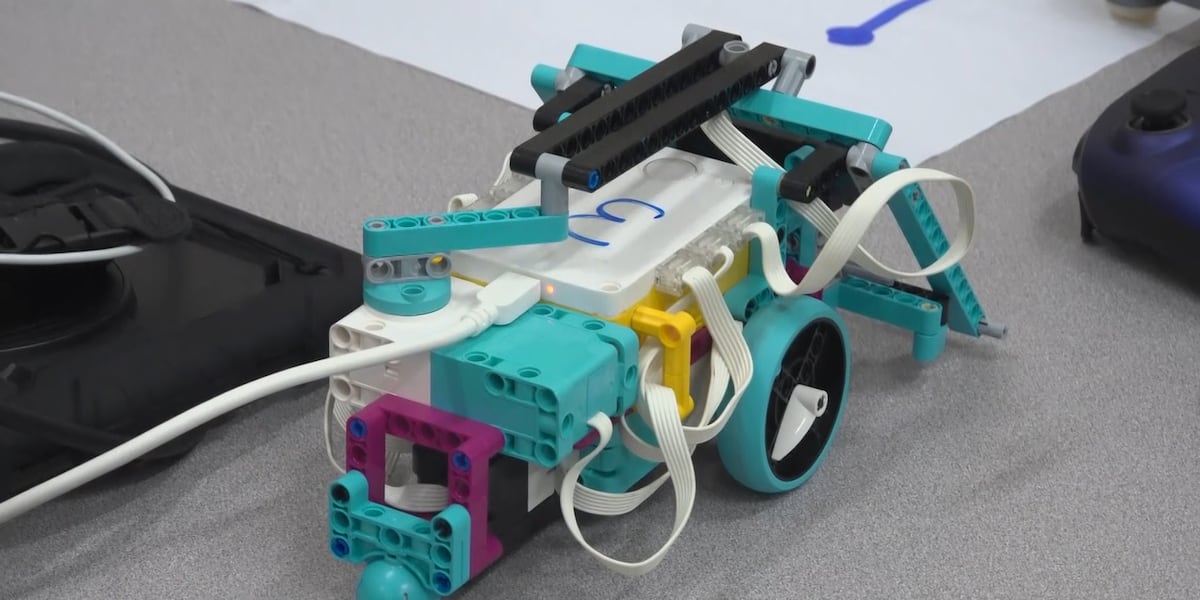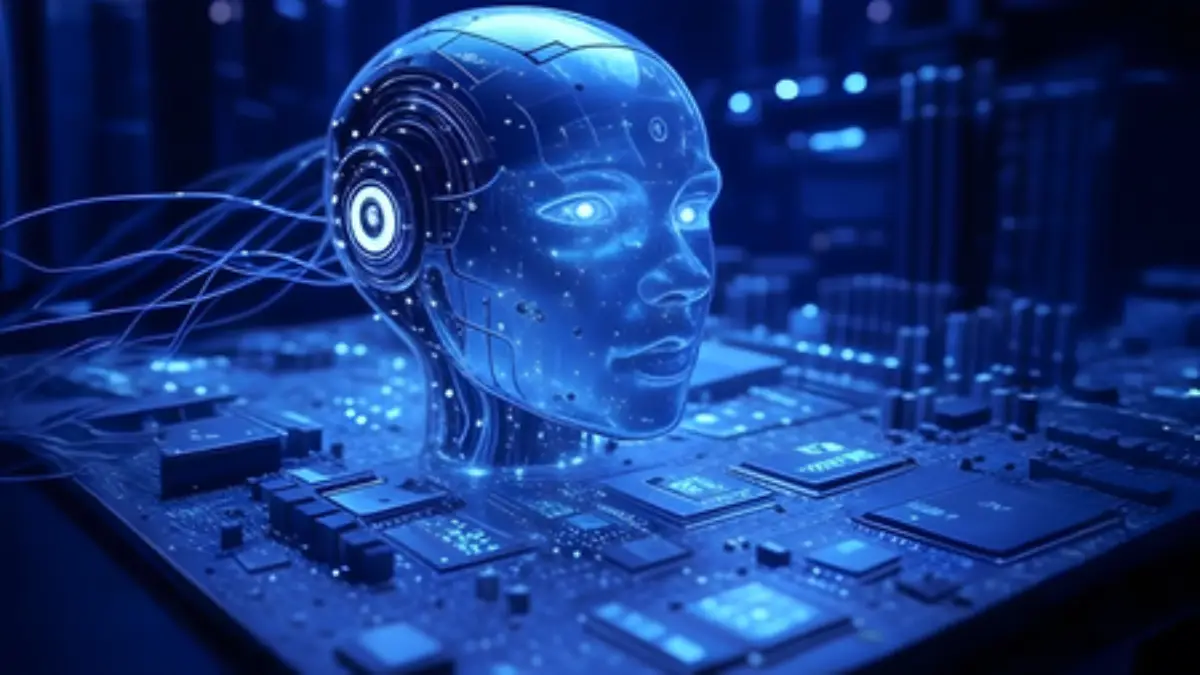The Race to AGI: Navigating the Future of Computing and Artificial Intelligence

The pursuit of Artificial General Intelligence (AGI) – a hypothetical AI with human-level cognitive abilities – is driving a revolution in computing. It's no longer a question of if we'll reach AGI, but when and what the landscape will look like leading up to it. This article explores the evolving compute landscape, the breakthroughs needed, and the potential impact of AGI on society.
The Current Compute Landscape: Beyond Moore's Law
For decades, Moore's Law dictated the relentless increase in computing power. However, we're rapidly approaching physical limits. Simply shrinking transistors is becoming increasingly difficult and expensive. This necessitates a shift towards new architectures and paradigms. We're seeing a surge in specialized hardware like GPUs (Graphics Processing Units) and TPUs (Tensor Processing Units), designed specifically for the demands of AI and machine learning. These accelerators provide massive parallel processing capabilities, crucial for training complex neural networks.
The Rise of Novel Computing Approaches
But the story doesn't end with GPUs and TPUs. Researchers are actively exploring a range of novel computing approaches to overcome the limitations of traditional silicon-based processors:
- Neuromorphic Computing: Mimicking the structure and function of the human brain using specialized hardware. This promises significantly improved energy efficiency and the ability to handle unstructured data more effectively.
- Quantum Computing: Leveraging the principles of quantum mechanics to perform calculations that are impossible for classical computers. While still in its early stages, quantum computing has the potential to revolutionize fields like drug discovery and materials science, indirectly impacting AGI research.
- Optical Computing: Using light instead of electricity to perform computations. Optical computing offers the potential for incredibly fast processing speeds and reduced energy consumption.
- 3D Chip Design: Stacking chips vertically to increase density and reduce latency. This allows for more computational power in a smaller footprint.
Data and Algorithms: The Other Half of the Equation
Compute power is only one piece of the puzzle. The availability of massive datasets and the development of sophisticated algorithms are equally crucial. AGI requires AI models that can learn from vast amounts of data, generalize well to new situations, and reason effectively. Areas like self-supervised learning and reinforcement learning are showing tremendous promise in this regard.
Challenges and Roadblocks
Despite the rapid progress, significant challenges remain:
- Energy Consumption: Training and running large AI models consumes enormous amounts of energy, raising concerns about sustainability.
- Data Bias: AI models are only as good as the data they're trained on. Biased data can lead to unfair or discriminatory outcomes.
- Explainability & Trust: Understanding how AI models make decisions (explainability) is crucial for building trust and ensuring safety.
- The Alignment Problem: Ensuring that AGI's goals align with human values is a fundamental challenge.
The Future is Here, but a Long Way Off
The journey to AGI is a marathon, not a sprint. While fully realized AGI remains decades away, the advancements in compute architecture, algorithms, and data availability are laying the groundwork for a future where AI plays an increasingly transformative role in our lives. The continued exploration of new computing paradigms and a focus on ethical considerations will be essential as we navigate this exciting, and potentially disruptive, technological revolution. The companies and researchers who can successfully address these challenges will be at the forefront of shaping the future of artificial intelligence.





